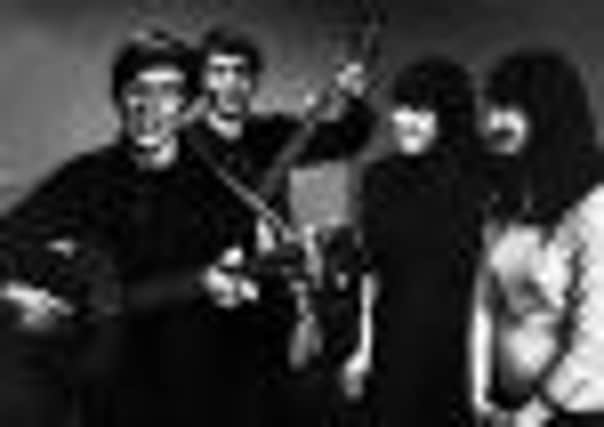Mike Waterson


As a singer and song writer, he believed passionately that folk music was the voice of the working classes, and he will be best remembered as one of the Hull singing family The Watersons, with whom he and his sisters Lal and Norma and her husband Martin Carthy took folk music to new heights.
His work was wonderfully inventive, and what he always referred to as his “ditties” could be born out of some incident he read in a newspaper which tickled his imagination or something so incidental as a drinks machine. He also drew on Hull’s traditional and then thriving fishing industry, especially drawing inspiration from the trawlermen.
Advertisement
Hide AdAdvertisement
Hide AdWhen he made one of his final appearances on stage last August in The Waterson’s homecoming gig, at Hull Truck Theatre, he stole the show with his latest masterpiece Teas Made poking fun at a drinks machine.
It was their first appearance in their home city for 25 years, an occasion which veteran folk singer and broadcaster Mike Harding described as “the best folk event of the decade”.
Mr Waterson’s final stage appearance was last September.
But as well as being part of the family group he also performed and recorded with Blue Murder, and between 1968 and 1972 he and Lal also recorded their classic album Bright Phoebus.
The talent The Watersons expressed in the simplicity of their music saw them dubbed the “folk Beatles”, but Mike and the rest of his family never sought fame and were not interested in being celebrities.
Advertisement
Hide AdAdvertisement
Hide AdBut fame found them through his sheer mastery of words and story telling which he presented in his down to earth and unassuming style, usually dressed in his trademark flat cap.
He and his sisters were born in Hull and were always proud of their roots. They were orphaned at an early age and were brought up by their Irish grandmother, Lizzie Quinn.
They sang together from early in their childhood and started the legendary Folk Union One folk club in Hull in the city’s biggest pub room at the Old Blue Bell in the Market Place and from that they decided to use their family name for the group.
It was a weekend trip to London in 1964 to sing at the Troubadour folk club that put them on the map with their first recording, and led to them becoming a name which was to reverberate through the folk music scene across the world for more than half a century.
Advertisement
Hide AdAdvertisement
Hide AdEventually, in 1968, exhausted by touring the group disbanded and Mike Waterson returned to work as a painter and decorator while singing only for fun, often Hull although he did return to song writing.
At the same time, he discovered his sister Lal was doing the same and they collaborated on Bright Phoebus.
The Watersons reformed in 1972, being joined by Norma‘s husband in the family group.
In the same year they gained Melody Maker’s folk album of the year award.
Advertisement
Hide AdAdvertisement
Hide AdIn the early 1980s the extended family moved from Hull to a farm near Robin Hood’s Bay, where they had spent many family holidays.
At about the same time it was Lal’s decision to stop touring that brought the end of The Watersons.
Now preferring life by the sea Mr Waterson would build boats, although he was still knocking out his “ditties” and occasionally singing in a trio which included his wife.
His sister Norma who also lives at Robin Hood’s Bay, was known as the matriarch of folk music, and nearly 10 years ago was awarded an MBE for services to music.
Advertisement
Hide AdAdvertisement
Hide AdWhile she is recovering from serious illness her brother had been suffering from pancreatic cancer, and died in a North Yorkshire hospice.
Mr Waterson, whose sister Lal predeceased him, is survived by his wife Ann, three daughters and a son, two granddaughters and two grandsons.